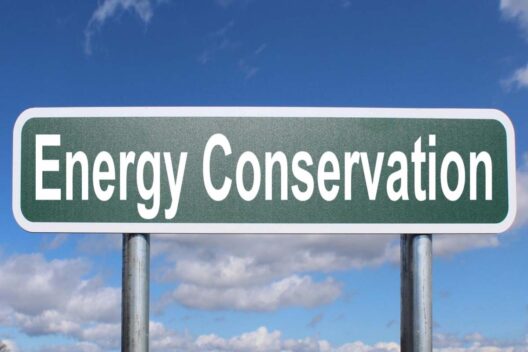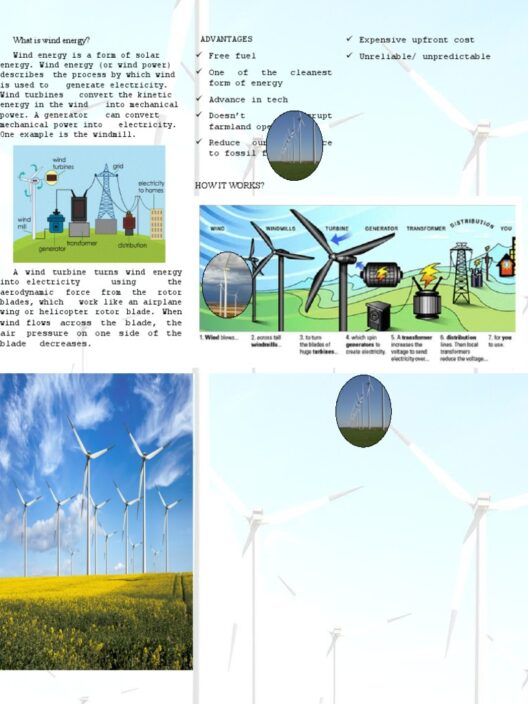The Paris Climate Accord, often referred to as the Paris Agreement, represents a monumental stride in global efforts to combat climate change. Approved in December 2015 during the 21st Conference of the Parties (COP21) in Paris, this accord brings together nations from every corner of the world with a unified aim: to limit global warming and mitigate the dire impacts of climate change. The significance of this treaty cannot be overstated; it lays the groundwork for a more sustainable future for our planet. This article will explore what the Paris Climate Accord does, its various provisions, and the comprehensive guidance it offers to participating countries.
Understanding the Goals of the Paris Agreement
One of the fundamental aspects of the Paris Climate Accord is its long-term temperature goal. The agreement strives to limit global temperature rise to well below 2 degrees Celsius above pre-industrial levels, with an aspirational target of capping the increase at 1.5 degrees Celsius. This aim is based on extensive climate science that suggests significant warming beyond these thresholds could lead to catastrophic weather events, rising sea levels, and irreversible damage to ecosystems.
The Paris Agreement establishes a framework for countries to commit to nationally determined contributions (NDCs) that reflect their unique circumstances and capabilities. Each nation is encouraged to submit its own NDCs that outline its carbon reduction targets and climate action strategies, creating a bottom-up approach to climate governance. This flexibility allows countries to set realistic goals based on their economic status and resources, fostering cooperation rather than confrontation.
Beyond Temperature Goals: Emission Reduction Commitments
A cornerstone of the Paris Climate Accord is its emphasis on emission reductions. Countries are required to develop proactive strategies to reduce greenhouse gas emissions, primarily carbon dioxide (CO2), methane (CH4), and nitrous oxide (N2O). The agreement operates on the principle of transparency, meaning that nations must regularly report on their progress and actions taken to achieve their climate targets. This accountability mechanism not only allows for tracking but also provides an opportunity for other countries to learn from successful strategies.
The Paris Agreement also encourages nations to revisit and enhance their NDCs every five years. This cycle promotes continuous improvement and aims to ensure that the global community progressively dives deeper into climate action. By holding parties accountable, the agreement seeks to avoid stagnation and maintain a forward momentum toward climate stabilization.
The Financial Mechanism: Supporting Developing Nations
Recognizing the disproportionate impact of climate change on developing countries, the Paris Climate Accord includes provisions for financial support. Developed nations are urged to provide climate finance to assist developing countries in achieving their climate goals. The aim is to mobilize $100 billion annually by 2020, a target that has garnered both support and criticism over the years. This financial assistance is crucial, as many developing nations lack the resources to invest in clean technology or embark on extensive climate adaptation projects.
Moreover, the agreement addresses the issue of technology transfer and capacity-building measures to empower vulnerable nations in mitigating climate impacts. Through a collaborative approach, the Paris Accord seeks to foster innovation and facilitate lower-carbon technologies, enabling developing countries to leapfrog traditional fossil fuels and transition to a more sustainable energy future.
Adaptation and Resilience: A Dual Approach
While mitigation plays a significant role in the Paris Climate Accord, adaptation is equally vital. The agreement recognizes that some degree of climate change is already inevitable, and therefore, countries must enhance their resilience to cope with climate impacts. This entails creating robust systems to manage risks associated with rising sea levels, extreme weather events, and food insecurity exacerbated by climate change.
Different adaptation strategies can be employed depending on regional vulnerabilities. These may include building flood defenses, developing drought-resistant crops, and enhancing water resource management. The Paris Agreement urges nations to incorporate climate resilience into national development plans, ensuring that both mitigation and adaptation efforts are synchronized for effective climate action.
The Role of Non-State Actors and Global Engagement
A unique aspect of the Paris Climate Accord is its recognition of non-state actors, which includes businesses, municipalities, and civil society. In conjunction with government efforts, these entities play a pivotal role in promoting sustainable practices and innovating low-carbon solutions. By engaging various stakeholders, the accord cultivates a multicultural ecosystem of climate action, emphasizing that collective action is indispensable to address this global challenge.
Furthermore, the Paris Agreement encourages international cooperation through climate summits and forums. Such events offer opportunities for knowledge exchange, resource-sharing, and the development of strategies that transcend national boundaries. By fostering cross-sectoral engagement, the agreement underlines the notion that climate action is not solely the responsibility of governments; it is a collective endeavor that requires the participation of all sectors of society.
The Path Forward: Challenges and Considerations
Despite its ambitious objectives, the effective implementation of the Paris Climate Accord faces numerous challenges. Political fluctuations, economic disparities, and divergent interests among nations can jeopardize the agreement’s efficacy. Moreover, achieving the necessary emission reductions will demand transformational changes across various sectors, including energy, transportation, and agriculture.
Nevertheless, the Paris Climate Accord stands as a beacon of hope in the fight against climate change. It provides comprehensive guidance for both developed and developing countries to pursue equitable and sustainable pathways. While the road ahead is fraught with challenges, each step taken under the framework of this vital accord will collectively pave the way towards a greener and more resilient future for generations to come.








